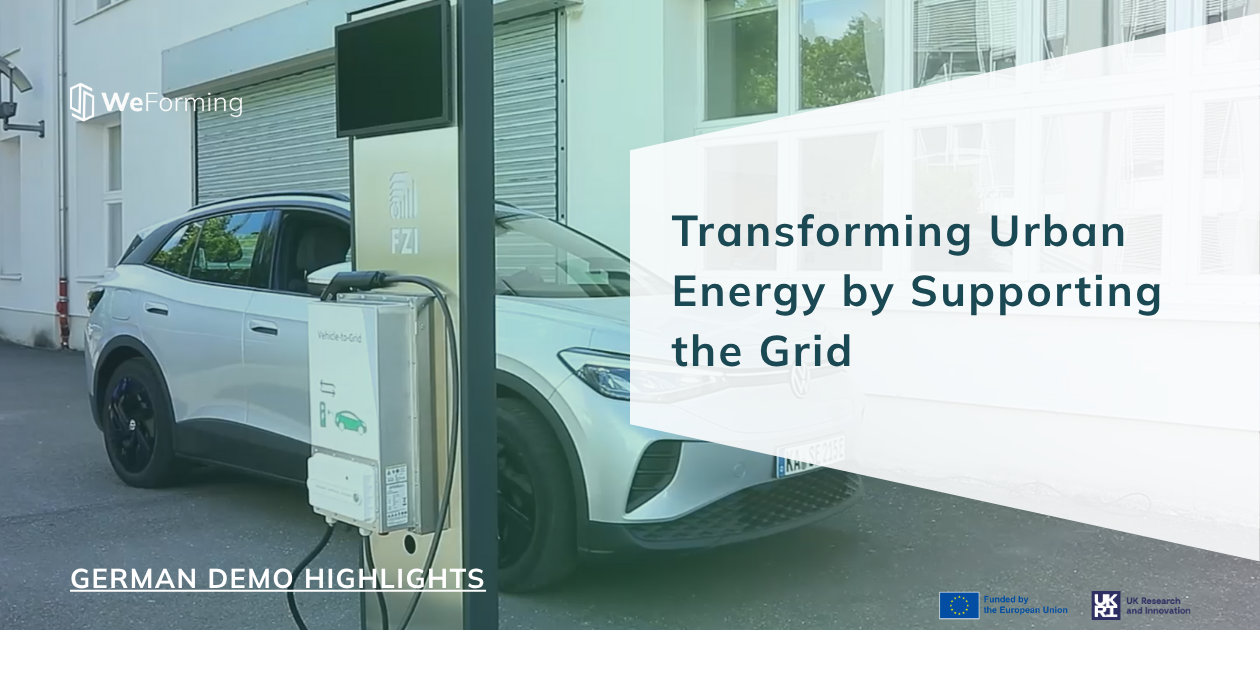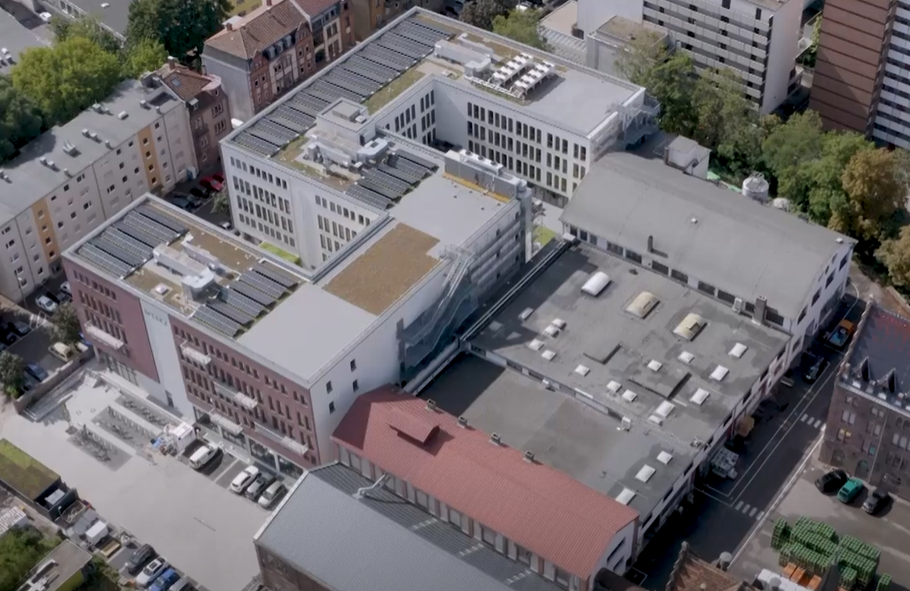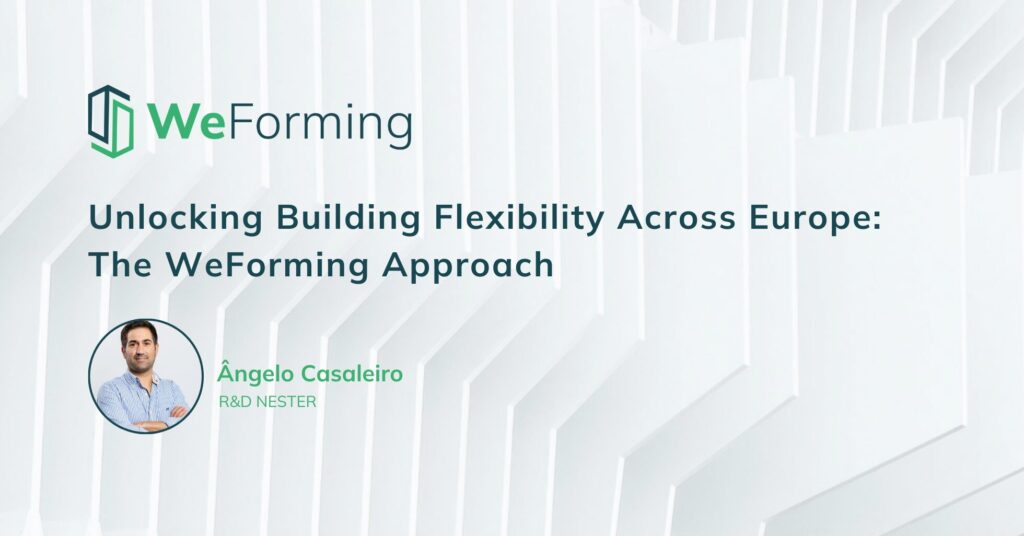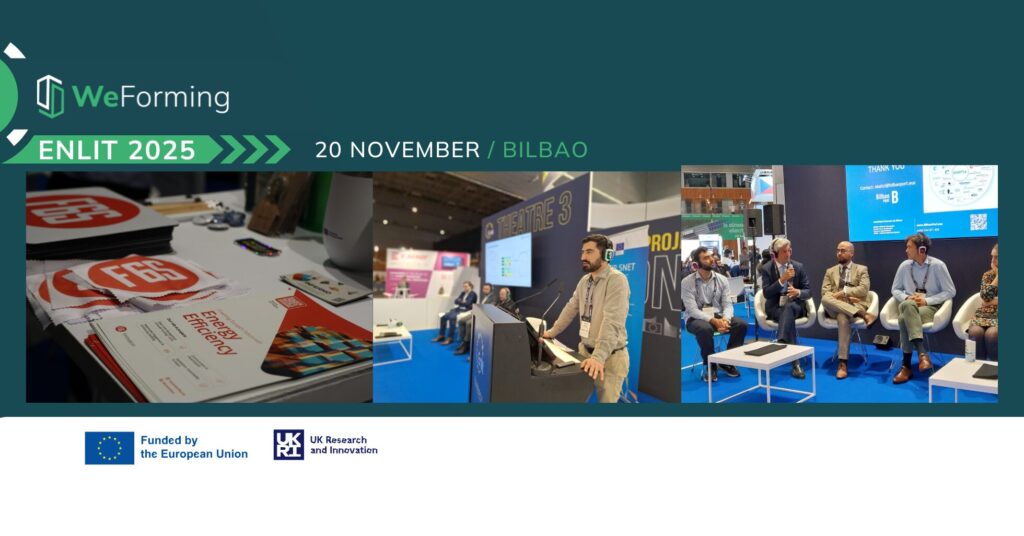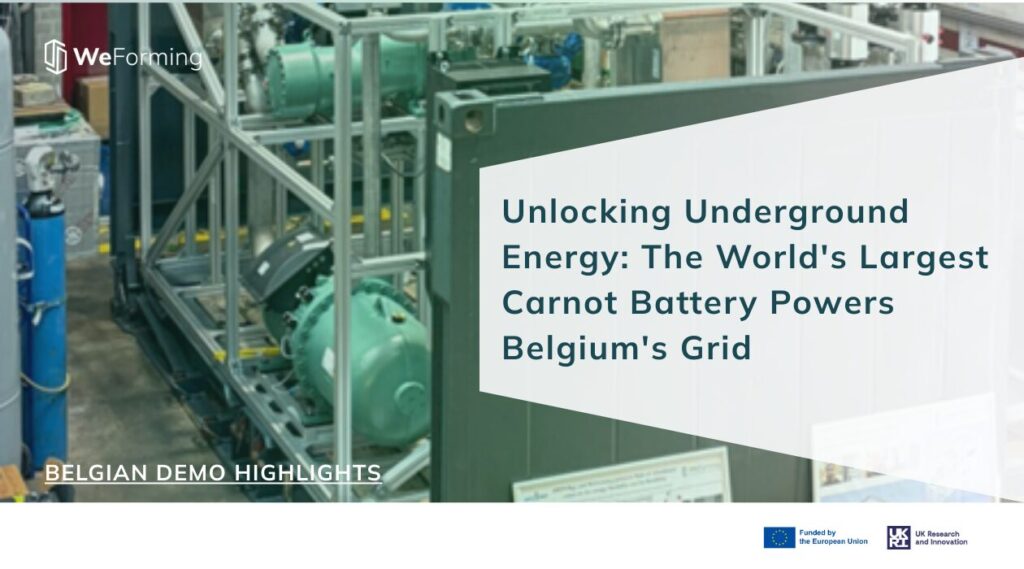The future of Europe’s energy system isn’t just about building more solar farms; it’s about making our cities and buildings intelligent, active participants in the grid. This transformation is currently underway in Karlsruhe, Germany, where the WeForming project is turning a mixed-use district into a pioneering Smart Energy Hub.
The Challenge: Bringing Energy Together
The German demonstrator, a multi-sector district spanning over 124,000 square meters , is home to nine buildings, including large offices, commercial spaces, and residences, serving over 200 individual tenants.
Before the WeForming project, managing the energy across this varied district was complicated, with many separate systems running independently. The core goal of the German demo is to coordinate all these elements—electricity, heat, and mobility—to work together to support the local energy grid.
This vision is about more than just efficiency; it’s about stability. As Dr. Friedrich Hoepfner, Managing Shareholder of the Hoepfner Bräu Real Estate Management Company, explains:
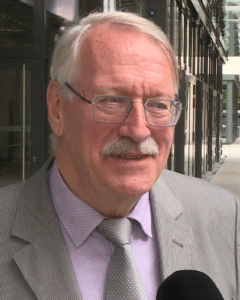
Dr. Friedrich Hoepfner
“We want to build a truly smart district and actually drive the energy transition instead of just talking about it. We had taken many individual measures, and things were quite complex – until this project came along and brought everything together.”
Innovation in Practice: The Technology That Makes Buildings "Grid-Forming"
The German demo is using five key technologies to make the district an Intelligent Grid-Forming Building (iGFB), summarised by the demo’s tagline: “Grid-Forming Buildings with Batteries and EVs”.
1. The Power of Electric Vehicles (EVs)
The district is equipped with 26 optimised EV charging points. Modern EVs have batteries large enough to power a household for a week. WeForming aims to tap into this potential with bidirectional charging.
How it Works: A clever optimisation algorithm decides when to discharge a vehicle back into the building or grid, ensuring the car is always charged when the driver needs it.
The Impact: Using EV batteries as temporary storage can significantly lower charging costs and save resources by reducing the need for stationary batteries
2. Fast Response to the Grid
The energy grid requires instant help to stay stable, a service typically provided by large power plants. The German demo is transferring this responsibility to the buildings themselves using a Real-Time Controller.
How it Works: The controller uses local measurements to decide, in real time, how to adjust the charging/discharging of batteries and EV charging processes. It enhances local batteries and charging points to react quickly to the grid state without central control. The system is already tested in the FZI lab, preparing for real-world deployment.
3. Bundling Power for the Energy Market
A single EV or battery often can’t provide enough power to participate in the lucrative energy markets. That’s why the team developed a Coordination Algorithm.
How it Works: This algorithm pools multiple devices—like batteries and electric vehicles—to meet the power requirements needed to sell services (such as frequency containment) to the grid. This bundling and distribution of power has already been successfully validated in the FZI lab.
4. Forecasting the Future with AI
In order to optimize effectively, the system needs to know what is coming next. Machine Learning is used to accurately predict future energy consumption and local solar (PV) generation curves. This allows the algorithm to decide the best time to charge or discharge a battery.
5. Creating a Unified Marketplace (The WeForming Middleware)
A major goal is to make all these innovative tools and market services easily accessible. The WeForming Middleware acts as an integrated marketplace.
How it Works: A battery owner, for example, can use the middleware to find a provider offering the necessary energy forecasts and another that utilises their battery in a device pool to support the grid. This standardised approach enables the simple and documented contracting of energy services across Europe.
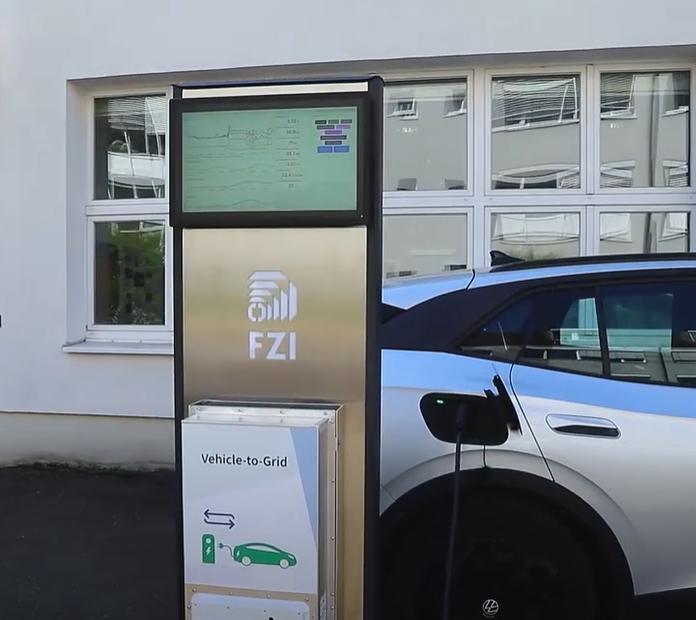
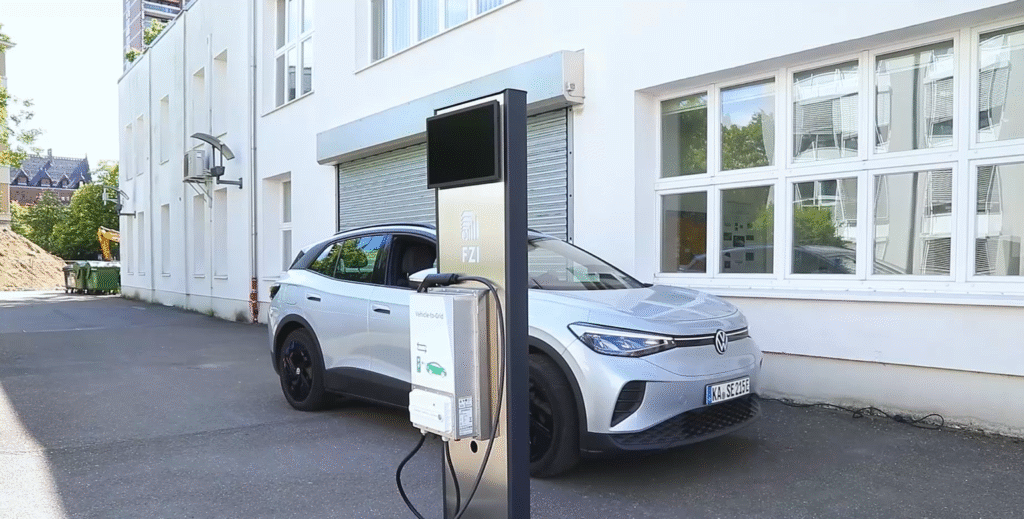
What’s Next for the German Demo
The team is currently finalising the deployment of all necessary systems onto a small, dedicated edge device (Raspberry Pi) in the lab. This setup allows for extensive testing and bug fixing before moving to the actual district. The next major step is to migrate all the developed software to field operations for real-world testing and validation, completing the full lifecycle from plan to progress.
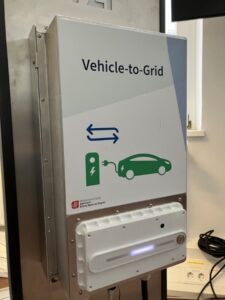
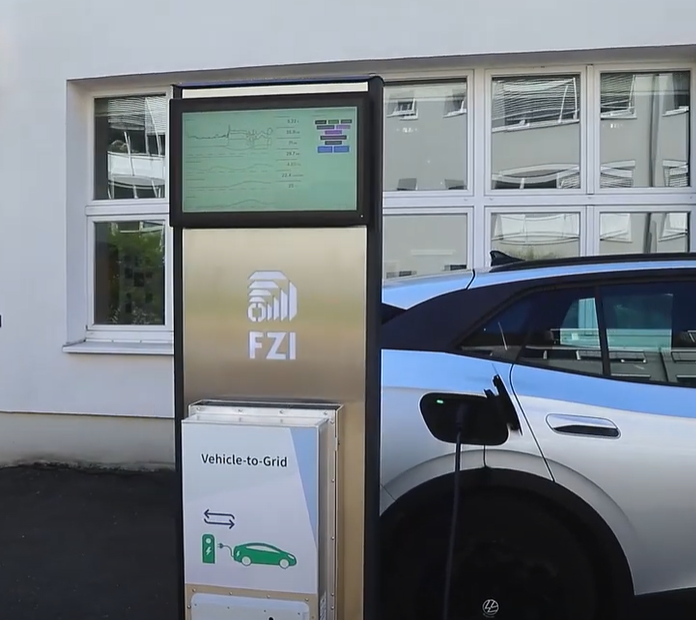
Funded by the European Union. Views and opinions expressed are however those of the author(s) only and do not necessarily reflect those of the European Union or the European Education and Culture Executive Agency (EACEA). Neither the European Union nor EACEA can be held responsible for them.

